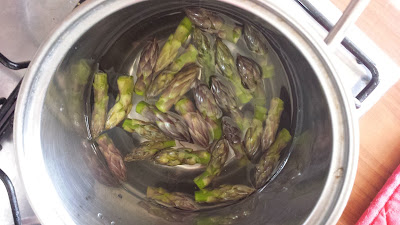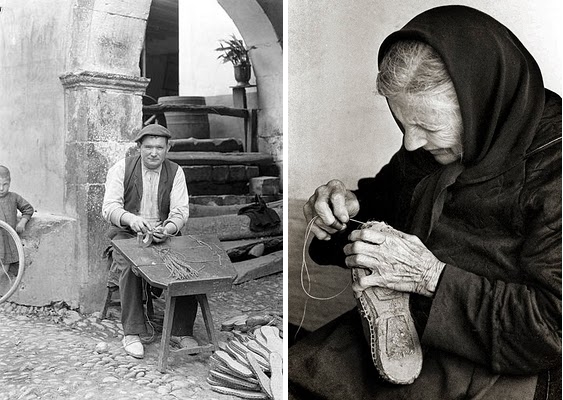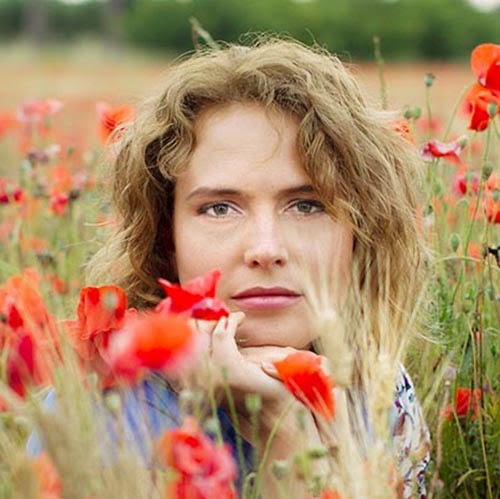Spring is
finally here with warm weather and sunny days, which means new, exciting looks.
So, It’s time to shop for springtime. There are so many amazing pieces right
now that are feminine and flirty and perfect for spring. There are so many
trends out there, which ones should we invest in? From cold shoulders to
clinched in waists, long floral dresses, pastel tones, ruffled dresses,
metallic fabrics, pleats, stripes and mini handbags, the list is endless. I
must admit that really will depend on your style preference and budget. Check
out my list of spring wardrobe essentials that are must-haves in your closet
this year.
1. Lace-Up
flats
These flats
are probably the trendiest thing on this list. The laces make simple flat shoes
a little more interesting – you can bunch them up under a rolled up skinny jean
or wear them laced up your leg with an easy spring swing dress
2. Silver
Jewelry
While gold
may have shined last year, it’s all about silver this year.
3. Classic
White Sneaker
Lowtop or
hightop, a white sneaker is a must-have in your spring style. I like them with long dresses, cropped pants,
tailored shorts…
4. Basic
White or grey T-Shirt
You can
wear it alone with a great accessory or layer under your jackets and t-shirts
is crucial. Can be also striped one)
5. White
Jeans
White jeans
make a crisp statement and pair well with everything from neutrals to pastels
to brights. I cannot imagine my spring and summer wardrobe without them.
6. Cropped
Trousers
A cropped
pant is the perfect spring staple ans can be paired with flats, boots, or heels
for a classic, clean look. It’s nice to show a little ankle after months of
winter)
Cold
shoulder tops and dresses took this year’s Fashion Week by storm.
8. Bright
Blazer
While black
and white blazers are always classic, a bright color will add a spring-y
infusion to your ensemble.
9. Flare
jeans
Flares are
super flattering, particularly when worn with heels and a turtleneck, but
10. Trench
coat
Trench
coats are timeless, genderless, perpetually stylish, and ridiculously
practical. They come in a multitude of silhouettes, colors, and fabrics.











































































